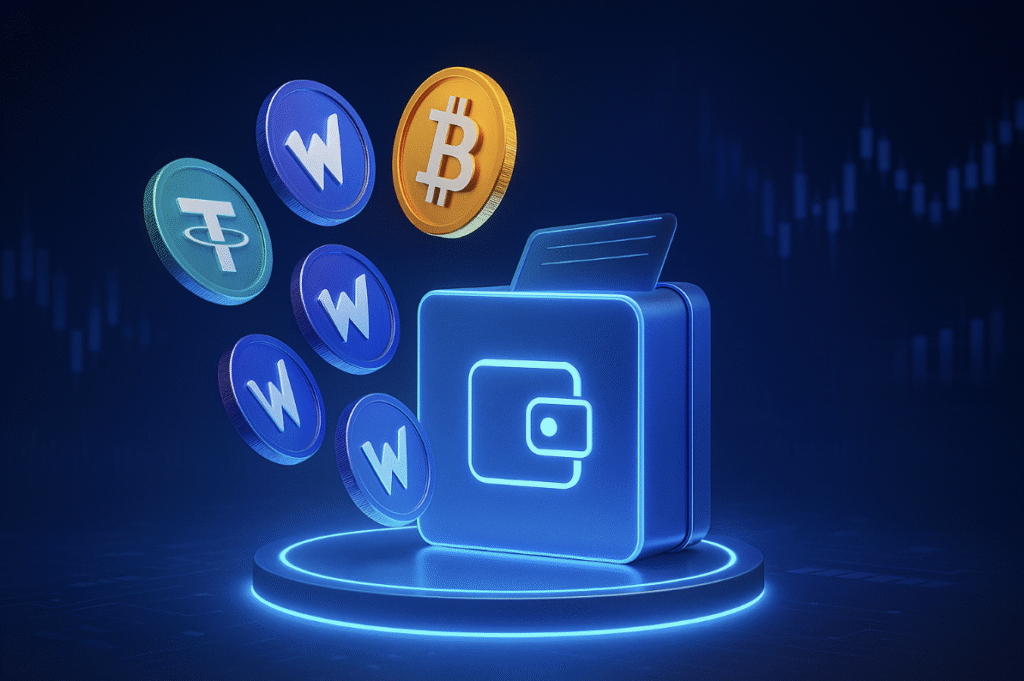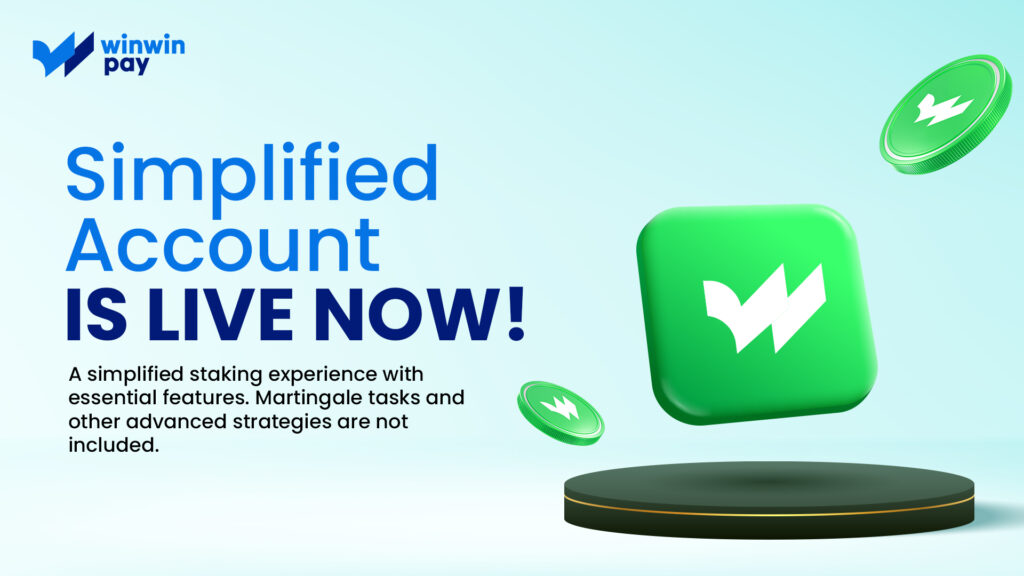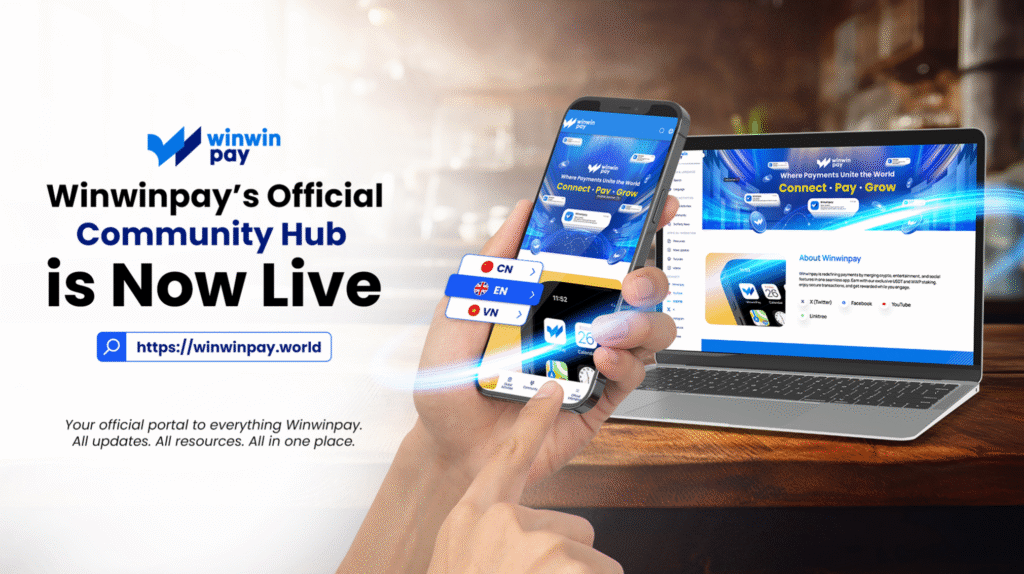
The global online payment gateway market is entering a new growth phase, with projections indicating it will double in size, from $37.2 billion in 2024 to $75.0 billion by 2032. This impressive compound annual growth rate (CAGR) of 9.16% reflects the acceleration of digital commerce and a broader shift in how businesses and consumers interact in a hyper-connected economy.
Online payment gateways are no longer optional — they are the foundation of modern digital transactions. From e-commerce checkouts and mobile apps to subscription services and cross-border B2B payments, they enable secure, real-time money movement across devices, platforms, and currencies.
Why Online Gateways Matter More Than Ever
At their core, online payment gateways serve as intermediaries between merchants and financial institutions, encrypting sensitive data and ensuring each transaction is verified, authorised, and settled with precision. But today’s gateways go far beyond basic processing. They offer fraud detection, currency conversion, reporting tools, dispute management, and increasingly customisable user experiences.
The demand for fast, secure, and flexible gateways has exploded as digital commerce matures. Consumers expect checkout processes to be smooth and instantaneous, and any friction can lead to cart abandonment or brand distrust. A reliable gateway directly impacts revenue, compliance, and business customer satisfaction.
The Post-Pandemic Digital Shift
The global health crisis in 2020 didn’t just force people online—it permanently changed behaviour. E-commerce, digital wallets, and contactless payments surged during lockdowns and have become the default in many regions. Even late adopters, such as traditional brick-and-mortar retailers and small businesses, have embraced online payment infrastructure to stay relevant.
In many ways, the pandemic was a tipping point for digital finance. Consumers now demand real-time, mobile-friendly, secure payments, and businesses are building infrastructure accordingly. With each passing year, online gateways have risen to meet that demand, becoming more agile, API-driven, and intelligent.
Leading Names in the Industry
Major players dominate the online gateway landscape, including PayPal, Stripe, Amazon Pay, Square (Block Inc.), Adyen, Worldpay, PayU, Alipay, and Razorpay. Each brings its strengths to the table:
- Stripe is renowned for its developer-centric APIs and rapid integration with SaaS platforms.
- Adyen supports large enterprises with global payment solutions, including fraud tools and in-person POS support.
- Razorpay and CCAvenue focus on India and emerging Asian markets, offering local language support and integration with domestic banking systems.
- Alipay, part of the Ant Group, continues to expand its international footprint with QR-based mobile payments and mini-program ecosystems.
These companies invest heavily in R&D, exploring biometric security, voice payments, machine learning, and embedded finance capabilities.
Hosted vs Non-Hosted Gateways: Deployment Options
Two significant types of payment gateways dominate the market: hosted and non-hosted.
- Hosted gateways like PayPal Standard redirect users to a third-party payment page. These are easier to implement and reduce PCI compliance burdens.
- Non-hosted (integrated) gateways, like Stripe or Razorpay, allow customers to complete payments on the merchant’s website or app. These provide more control over branding and user experience but require greater technical integration.
Both models have their place, and businesses select based on size, tech capacity, and customer expectations.
Sector and Regional Growth Patterns
The online payment gateway market is widely used across multiple sectors:
- Retail and e-commerce remain dominant, driven by high daily volumes and mobile-first users.
- Banking and finance (BFSI) increasingly rely on gateway integrations for neobanking and digital lending services.
- Healthcare, education, and travel are rising verticals, as customers expect online billing and mobile payments in these traditionally offline sectors.
From a regional perspective:
- North America leads the market due to its mature digital economy and high credit card penetration. Companies like Stripe and Square are US-based innovators that are setting global standards.
- Europe remains strong, particularly with support from EU legislation like PSD2, which mandates secure customer authentication and encourages competition.
- Asia-Pacific is the fastest-growing region, with markets like India, China, Vietnam, and Indonesia embracing mobile payments, government-led fintech infrastructure, and super app ecosystems.
Latin America and Africa are seeing strong tailwinds as smartphone adoption and e-commerce rise. Countries like Brazil, Mexico, Nigeria, and South Africa are launching digital payment initiatives to expand financial access.
Key Growth Drivers in the Market
Several trends are pushing the gateway market toward sustained expansion:
- Global e-commerce growth, especially mobile commerce, drives demand for embedded, multilingual, and multi-currency payment options.
- Even in rural areas, increased smartphone and internet penetration enable access to digital wallets and gateway services.
- Government regulation is mainly supportive, from India’s UPI system and the EU’s PSD2, to emerging CBDC pilots worldwide.
- Security concerns have prompted demand for advanced fraud detection, AI-driven risk scoring, and biometric verification at checkout.
- Cross-border commerce pushes businesses to adopt gateways that handle FX conversions and international compliance frameworks.
Future-Facing Opportunities
Looking ahead, several areas stand out as high-potential growth drivers:
- AI-powered fraud prevention: Predictive analytics and behavioural biometrics reduce false positives while identifying real threats.
- Blockchain-based gateways: As decentralised finance (DeFi) becomes more mainstream, payment solutions that offer real-time settlement with transparency and lower fees may gain traction.
- Freelancer and creator economy tools: Split payments, instant payouts, and subscription billing are now must-haves for platforms serving gig workers, content creators, and educators.
- Buy Now, Pay Later (BNPL) integration: Payment gateways are partnering with fintech lenders to offer flexible payment options at the checkout screen, boosting conversions and customer loyalty.
Conclusion: Shaping the Future of Finance
As the global online payment gateway market approaches the $75 billion mark by 2032, it becomes increasingly clear that these platforms are more than transactional tools — they are catalysts of digital transformation.
At Aladdin Tech, and most importantly with Winwinpay, we understand the payment infrastructure’s pivotal role in building trust, supporting innovation, and unlocking global opportunities. Through products like Winwinpay, we remain committed to enabling seamless, secure, and future-ready digital commerce across borders and platforms.
The future of payments is innovative, inclusive, and always on — and the journey has just begun.





